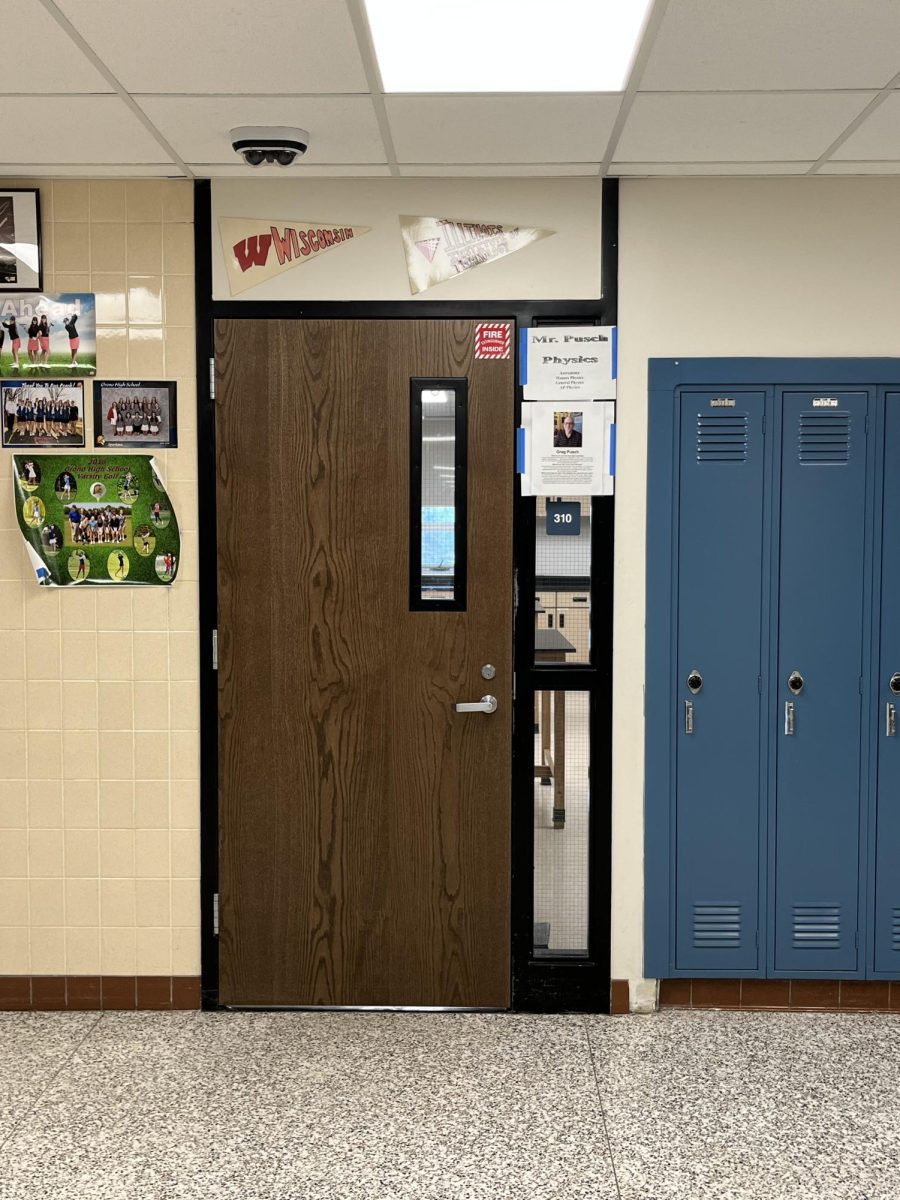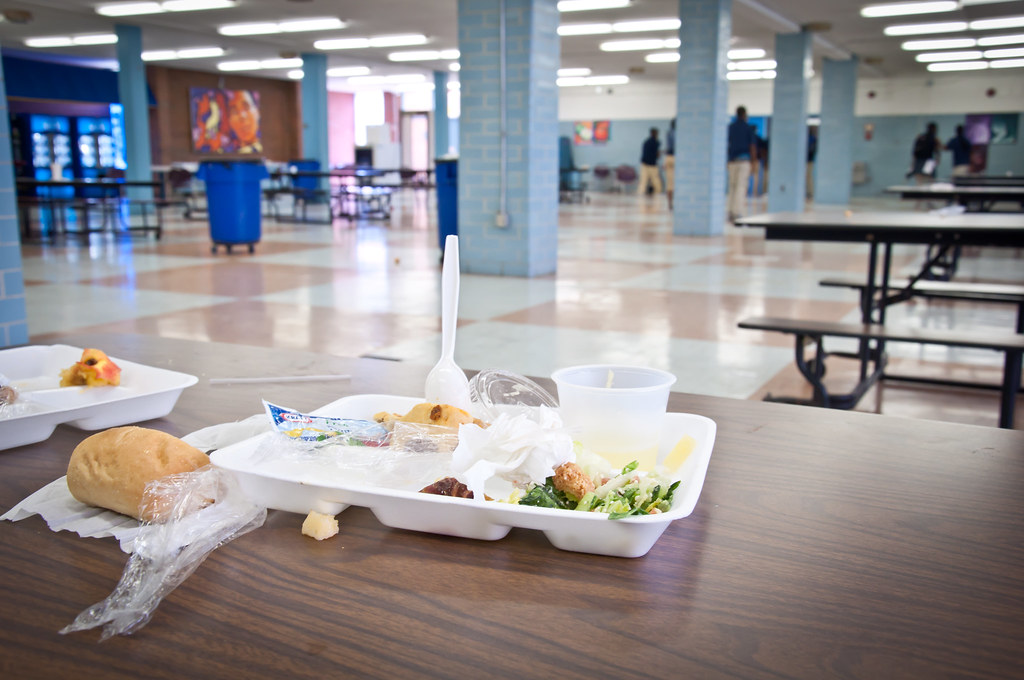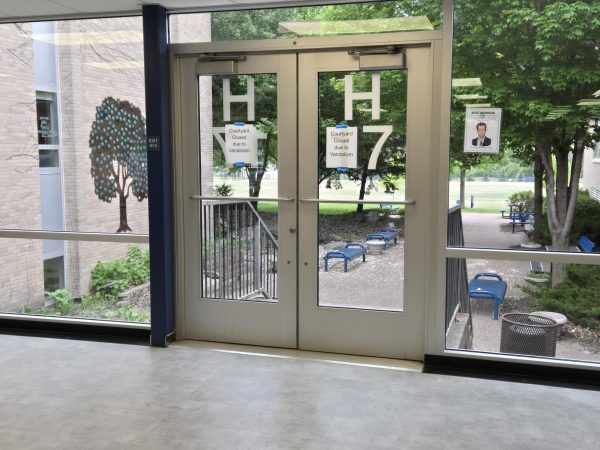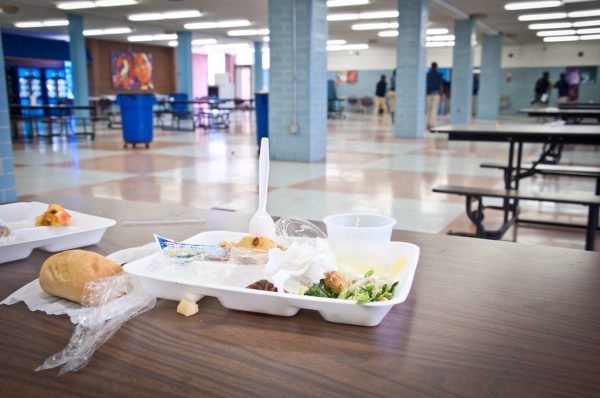The Potential of a Cooking Class
Knowing how to cook is not only a life skill that could save you thousands of dollars but also one of the most popular hobbies as well as a reliable career path. Yet despite this, cooking classes are a rarity in high schools, with their numbers dwindling each year.
“[A cooking class would be] using that left and right brain connection together… It’s nice to have something that you approach differently and it’s not as stressful, acting as a good break in the day when you’re still learning life skills that are important to be able to enjoy between those more intense things.” Ann Peiler OHS health teacher said.
In addition to the health and financial benefits cooking at home brings, an anonymous survey of fifty OHS students reported that 70% of students would be interested in taking a cooking class on campus. Cooking is a daily activity for many Americans. According to Sanela Puac’s research with ComfyLiving, roughly 36% of Americans cook daily and 13.4% of Americans cook out of a strong passion for cooking.
When eating out, you’re not just paying for the price of your food, but also the overhead of the restaurant itself, which includes costs such as wages, rent, utilities, or advertisement. According to Forbes’ research, the average price of a restaurant meal is $23.37, while the average price of the same meal cooked at home is only $4.31. For example, the average restaurant price of chicken parmesan is $21.98. However, if the same dish was made at home, it would only run the cook about $2.44, resulting in a total saving of $19.54. Similar trends occur across all types of cuisine, from Italian to Chinese to American, with massive amounts of money being saved simply by cooking at home.
According to research done by Julia Wolfson and Sara Bleich, cooking dinner at home more often (at least twice a week) resulted in better diet quality involving lower sugar and carbohydrate intakes and lower calorie counts. Similar results were reported regardless of whether or not the participants were intending to lose weight or not. If done long term, cooking frequently at home Wolfson and Bleich believe that one of the best ways to incentivize cooking at home would be to reintroduce home economics or cooking classes to school curriculums.
Despite the potential benefits, there are many drawbacks, primarily when it comes to health, the most obvious of which is the sharp knives and hot pans, both of which are commonly used in cooking. Another issue when it comes to implementing a cooking class is dietary restrictions which all carry a variety of severity. A cooking class might require students with allergies or vegetarians to step outside the classroom, making them feel excluded from class activities.
Linda Crampton, a writer for Owlcation, offers a possible solution when it comes to dietary restrictions. Crampton suggests using alternate foods, such as tofu for meat dishes or Brazil nuts for tree nut allergies, which would keep the entire class on the same page. This idea would still prepare students for the real world, where they may be cooking for guests with dietary restrictions or might even introduce them to a new favorite food.
Possibly the largest issue is the cost of installing all new kitchen equipment. Pamela Tseng, a writer for SamTell, a company that deals primarily with kitchen equipment, estimates that a restaurant’s kitchen could cost anywhere from $40,000 to $200,000 depending on the size and scope of the kitchen. Equipment such as knives, stoves, ovens, and refrigerators, are all essentials, yet expensive and use a lot of energy. The estimate Tseng gave wasn’t including fresh food products, which would only bump the budget even higher, especially with all the mistakes that are sure to come from a group of amateur cooks.
Despite the benefits when it comes to saving students’ money, teaching them valuable life skills, and promoting healthier eating, a potential OHS cooking class has to overcome the massive hurdles of student health and financial planning. For students who are interested in the culinary arts, the best opportunity at the moment remains at the Hennepin Technical College.
























































